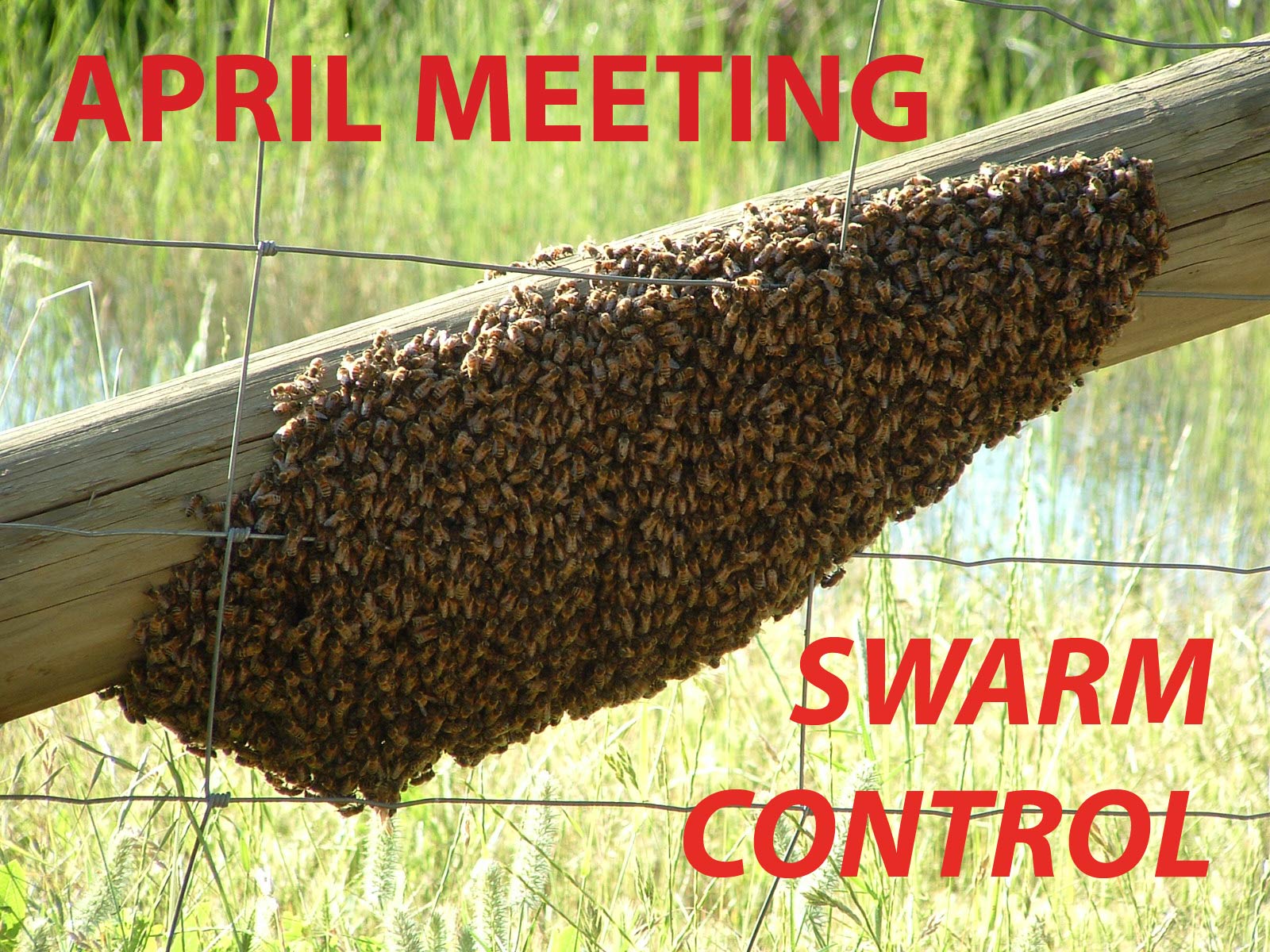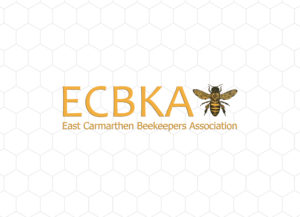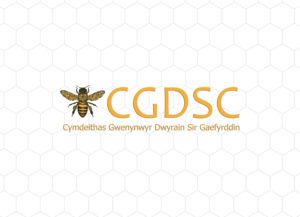Apiary Report April/May /June. 2020.
Its quite strange being at the apiary more or less alone, apart from the occasional drop off (Angie, always welcome because, after prompting, brings biscuits ) or a collection (Annya), Tim when he is in need of a cup of tea, there is usually Paul Smith who is always in need of a cup of tea, and I, observing “social distancing” of-course, I am like Billy no mates.
But I have a cunning plan that might be a solution to this “social distancing” problem. I still have a few things to settle, but courtesy of One Margaret’s neighbours, hopefully, there will be a possible solution available soon.
I will reveal all soon.
Whilst all the apiary colonies survived winter, including the “Warry”, some, Three in-particular, which were doing well, have stopped progressing.
Two which were Queen right on the first few inspections during April are now mysteriously Queen-less.
The Third, which has a queen in her Fourth-year minimum, seems to have a diminished population.
I suspect this is due to the queen reducing production due to insufficient nurse bees to tend the brood.
In an attempt to salvage all Three colonies, it decided to unite all Three.
The Warry also failed to progress to the point of collapse.
There were Two colonies earmarked as possible candidates for queen breeding, however, these were fount to be infected with Calk brood and proved to UN-suitable for queen rearing.
These colonies were “shook swarmed”
Eventually, an over-wintered nuc which was hived a fortnight earlier was selected for queen rearing, ideally, a stronger colony would have been more suitable, but we have to work with what we have.
Results were disappointing with only Two of 17 grafts being accepted.
As I had a suitable colony at home, I set up a second program which proved a bit more successful with 10 out of 14 graft being accepted.
These are due to be distributed this weekend. 16/17 May 2020.
Whilst the weather has been ideal for queen mating the same can’t be said for nectar collection, with the weather being so dry plants are not producing nectar, the resultant of these circumstances necessitates the need for feeding with syrup at the consistency of 2:1.
Of the 10 accepted grafts, 8 produced what appear to be viable queens, obviously, the final assessment will be in 3 – 4 weeks when we know if the new queens are producing worker brood.
In the meantime, as there was a starter colony set up, I put another batch of grafted cells into the colony.
The results of this second batch of grafts will be dispatched to breeding nucs on wed the10th June.
June.
Forage wise, late may early June proved to be challenging for the bees, Indeed it was necessary to feed some of the colonies at the apiary, this I would suggest is a combination of an exceptionally dry May and the onset of the “June gap”.
Of the 8 queens raised, 7 are viable and progressing to such a degree that they will need hiving before too long.
The “slow to start” colonies are beginning to recover, hopefully with the appearance of the bramble will be their saviour.
At the time of writing, we are approaching the end of June.
The practice of “shook swarm” on Two hives seems to have achieved the objective of ridding the colonies of chalkbrood, however, it was at the cost of new foundation and a slow build-up as described above.
Away from the apiary, I inspected my own bees on Tues 23 June. Results were much as at the apiary.
Col 9.
Strong colony, a 2nd super added, still Two empty frames in the brood chamber.
Bias on 8 frames, no signs of swarm preparations.
Col 8.
8 sealed QCs. Reactive swarm control carried out, and nuc created.
Wed 24th
Col 9 swarmed ???????????
It just confirms my theory regarding many mysteries regarding bees behaviour. !!!!!!
Regards Keith.






